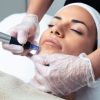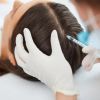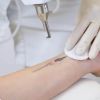Scar and Stretch Mark Treatment
Scar and Stretch Mark (Stria) Treatment
Stretch marks, one of the most significant skin problems that disturb individuals aesthetically, can be defined as the partial tearing of the skin due to it being stretched beyond its expansive capacity. The elastin substance in the skin structure, which allows the skin to stretch, is damaged, resulting in thinning and disruption of the skin's integrity. When stretch marks first appear, they may appear red or purple due to micro-bleeding inside the skin during the tearing process, and over time, they fade and turn white. Stretch marks are more common in women than men and are most frequently found on the abdomen, hips, thighs, buttocks, behind the knees, chest, arms, and back. Rapid weight gain and loss, pregnancy, genetic predisposition, bodybuilding, hormonal reasons, excessive secretion of cortisol due to Cushing's syndrome, or prolonged topical use of corticosteroids are common causes of stretch marks.
Newly formed stretch marks (red or purple ones) are more easily treatable, while the treatment of stretch marks that have turned white over time (older ones settled in that area) is more challenging. Although 100% success cannot be achieved in stretch mark treatment, the appearance can be somewhat improved.
Methods that can be used for this purpose include:
Methods that can be used for this purpose include:
- Fractional Laser
- Gold Needle Radiofrequency
- Mesotherapy
- PRP (Platelet-Rich Plasma)
- Dermapen
- Chemical Peeling
Since stretch marks form through different mechanisms, the treatment method is determined individually for each person.
Laser Stretch Mark Treatment
Fractional laser treatment deliberately damages the skin and subcutaneous tissue with laser beams sent to the skin and subcutaneous tissue. The damaged area is repaired as a result of this damage, and an increase in collagen production is expected.
Stretch Mark Treatment with PRP and Mesotherapy
When PRP and mesotherapy are applied together in stretch mark treatment, the results are achieved much more quickly and effectively. Mesotherapy requires 8-10 sessions at 2-3 week intervals. This duration may be longer for white, older stretch marks.
Scar Treatment
A scar is a disruption caused by formations such as injury, incision, or acne on the skin. Scars can occur as a result of postoperative wounds, injuries, manipulation of acne, or certain skin diseases.
Various methods are used in scar treatment:
Various methods are used in scar treatment:
- Fractional Laser
- Gold Needle Radiofrequency
- Mesotherapy
- PRP
- Dermapen
- Chemical Peeling
Chemical peeling has been used for many years in the treatment of acne scars. It can be applied after the acne process is completed to treat the scars. After cleaning the skin, a method is applied by peeling the deep layer of the skin with salicylic acid, lactic acid, mandelic acid, TCA, or phenol, aiming to damage the skin and bring a healthy new layer from below. A few days later, the person may observe peeling on their skin. After these treatments, the patient should protect themselves from sunlight, maintain a healthy diet, and pay attention to wound care as recommended by the doctor.





